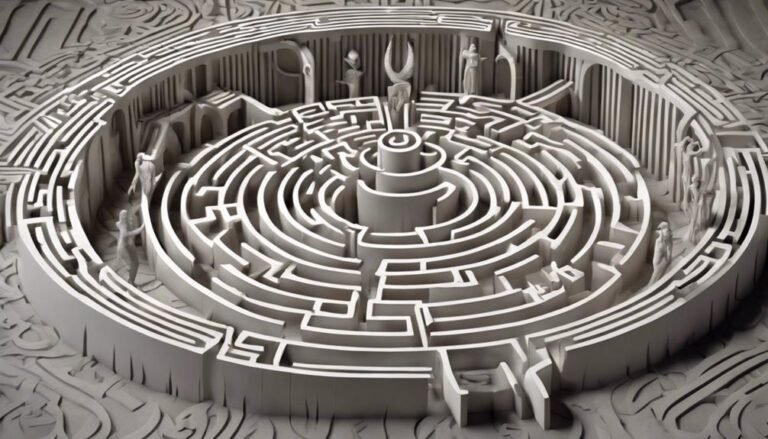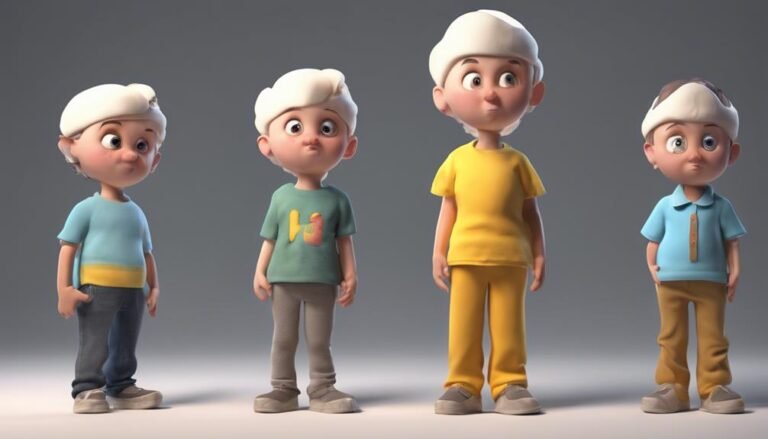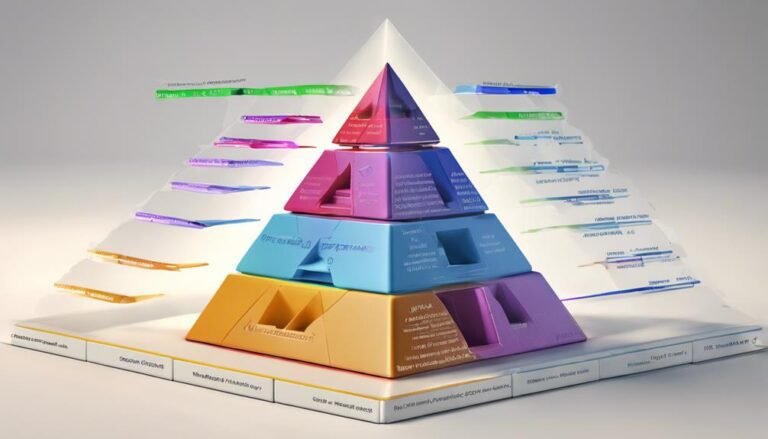Jung’s Archetypes and Personality
Imagine a person who constantly feels torn between conforming to societal expectations and expressing their true self authentically. This internal struggle is often a manifestation of the Persona and Shadow archetypes at play within their psyche. Understanding how these archetypes influence behavior and shape personality can provide valuable insights into the complexities of human nature. By unraveling the depths of Jung's archetypes, you may discover hidden aspects of your own personality and reveal pathways to profound self-discovery.
Key Takeaways
- Jung's archetypes stem from collective unconscious, shaping perception.
- Archetypes like Hero, Lover, Sage, and Rebel embody different traits.
- Shadow self represents repressed aspects, confronting leads to authenticity.
- Archetypes aid in understanding psychological issues and cultural phenomena.
- Integrating archetypes fosters self-awareness, personal growth, and development.
The Origin of Archetypes
The origin of Jung's archetypes can be traced back to his deep exploration of the collective unconscious. Within the depths of the collective unconscious, Jung believed there existed primordial images that were universally present in the human psyche. These primordial images, or archetypes, represent fundamental human experiences and emotions that have been passed down through generations. Jung theorized that these archetypes are innate, shaping how individuals perceive and interact with the world.
Through his studies, Jung identified several key archetypes, such as the Persona, the Shadow, the Anima/Animus, and the Self. Each archetype plays a unique role in influencing an individual's personality and behavior. For example, the Persona represents the social mask one wears in different situations, while the Shadow embodies the hidden, darker aspects of the psyche. By recognizing and integrating these archetypes into consciousness, Jung believed individuals could achieve a greater sense of wholeness and self-realization.
In essence, Jung's exploration of the collective unconscious and its primordial images laid the foundation for his theory of archetypes, providing valuable insights into the complexities of human nature and personality.
Common Archetypes in Personality
Key archetypes commonly observed in personality include the Hero, the Lover, the Sage, and the Rebel. Each archetype represents a different facet of the human psyche, drawing upon mythological symbols and tapping into the collective unconscious.
The Hero archetype embodies courage, strength, and the willingness to overcome adversity. Individuals embodying the Lover archetype are passionate, romantic, and seek deep connections with others. The Sage archetype is characterized by wisdom, introspection, and a thirst for knowledge. Rebels challenge the status quo, pushing boundaries and fostering change.
These archetypes aren't isolated; they often interact and blend within an individual's personality, creating a complex and multifaceted psychological landscape. Understanding these archetypes can provide insight into one's motivations, behaviors, and relationships.
They serve as universal symbols that resonate across cultures and time periods, reflecting shared human experiences and aspirations. By recognizing these archetypes within yourself, you can gain a deeper understanding of your own psyche and navigate the complexities of the human experience with greater insight.
Archetypes and the Shadow Self
Exploring the concept of archetypes in relation to the shadow self reveals intricate layers of the human psyche and unconscious motivations. The shadow self, as proposed by Carl Jung, represents the darker, repressed aspects of the personality. Engaging in shadow work involves confronting and integrating these unconscious patterns to achieve a more holistic self-understanding.
The shadow self is often comprised of traits, desires, or emotions that one may find unacceptable or incompatible with their self-image. By acknowledging and accepting these shadow aspects, individuals can undertake a profound journey of self-discovery and personal growth. Through shadow work, one can uncover hidden motivations, fears, and unresolved conflicts that influence behavior and relationships.
Confronting the shadow self can be challenging, as it requires delving into uncomfortable or painful aspects of the psyche. However, by embracing these hidden elements, individuals can achieve a greater sense of wholeness and authenticity. Ultimately, integrating the shadow self is essential for developing a more balanced and genuine personality.
Archetypes in Modern Psychology
Archetypes play a significant role in modern psychology as fundamental patterns of behavior and thought that are universally present in human experience. In therapy, archetypes provide a framework for understanding and working through psychological issues. Therapists may help individuals identify and integrate different archetypes within themselves to promote self-awareness and personal growth.
By recognizing the presence of archetypal themes such as the hero, the caregiver, or the rebel, individuals can gain insight into their motivations, fears, and desires.
Moreover, archetypes aren't limited to individual therapy sessions but extend to cultural phenomena as well. In culture, archetypes manifest in myths, folklore, literature, and art, reflecting universal themes and symbols that resonate with people across different societies and time periods.
Integrating Archetypes for Personal Growth
An essential aspect of personal growth involves actively integrating archetypes into your self-awareness and emotional development. By delving into your psyche through inner exploration, you can uncover the archetypal patterns that influence your thoughts, behaviors, and relationships.
This process of self-awareness leads to transformation as you recognize and integrate these archetypes, allowing for a deeper understanding of yourself and others.
Through the integration of archetypes, you empower yourself to navigate life's challenges with a newfound sense of clarity and purpose. As you become more attuned to these universal symbols within your psyche, you can harness their energy to guide your decisions and actions.
This inner exploration not only enhances your self-awareness but also fosters personal growth and development.
Conclusion
To sum up, Jung's archetypes offer a powerful framework for understanding the complexities of human personality. By acknowledging and integrating these universal patterns of behavior, individuals can embark on a journey towards self-discovery and personal growth.
Just as a painter uses different colors to create a masterpiece, embracing the various archetypes within oneself can lead to a harmonious and balanced life.
So, go forth and explore the depths of your psyche, for within lies the key to unlocking your true potential.







